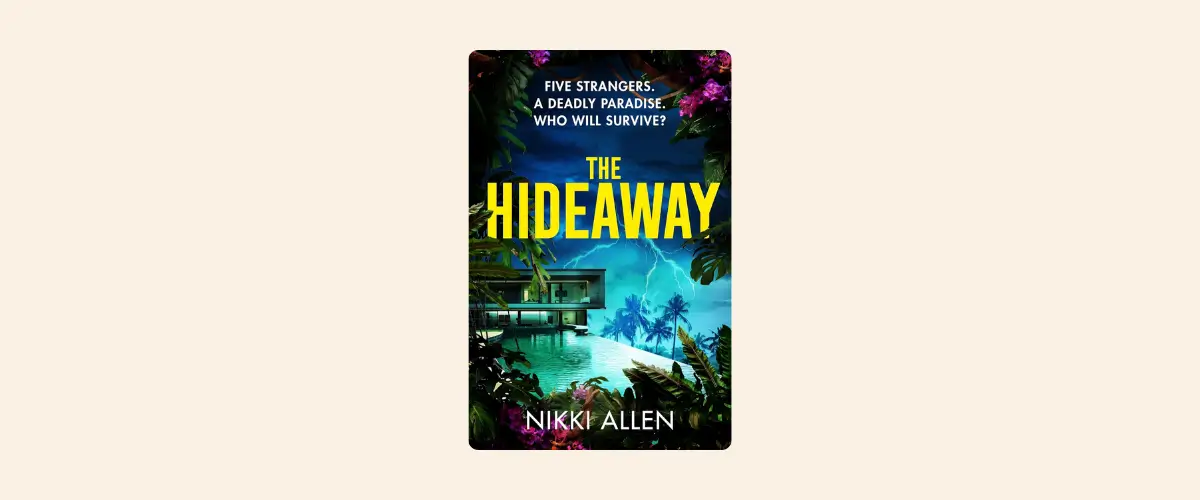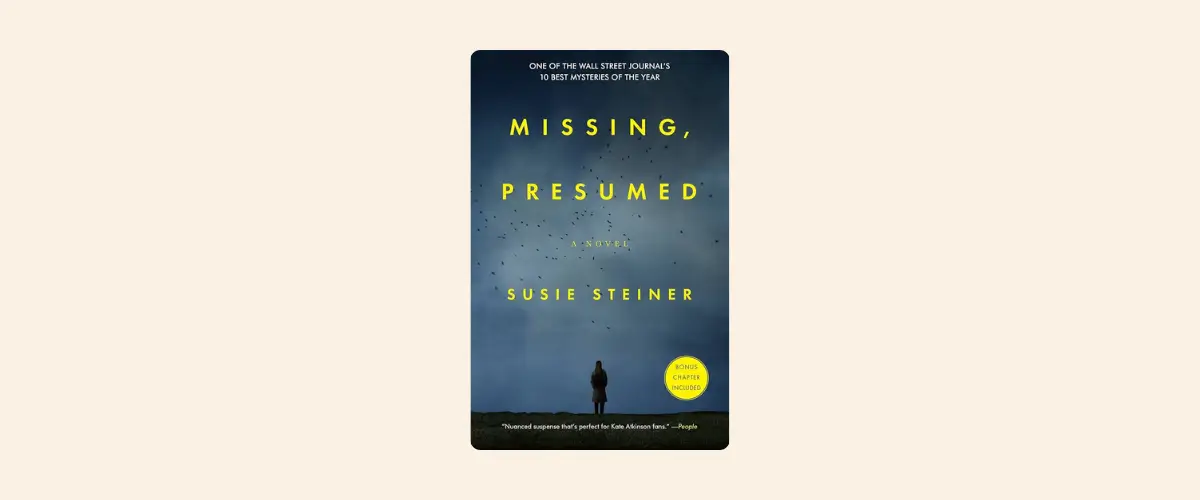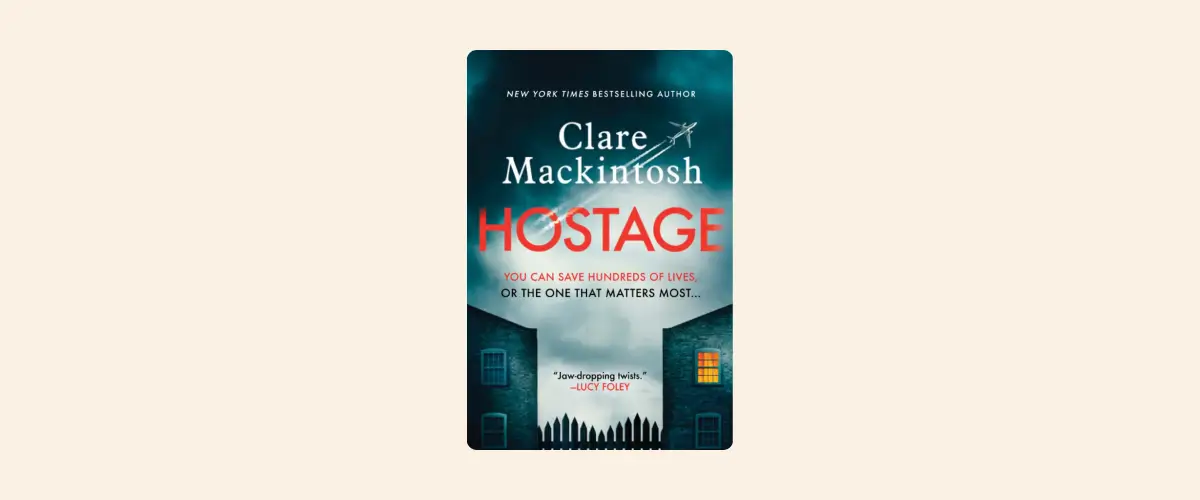Reading on the beach, by the lake, or in our own garden is the biggest treat during summer break. In opposition to these comfortable surroundings, however, it’s likely that the themes being explored in these ever-popular beach reads can be heavy, dark, and sometimes unsettling.
So, what’s the secret to commercial novels that explore tough topics, and how can we write them successfully?
Today, we welcome The Novelry graduate Nikki Allen to explore this very subject. Nikki’s debut novel, The Hideaway, is a pulse-pounding, twisty destination thriller perfect for fans of The White Lotus, published this coming week by Pan Macmillan.
Nikki joined The Novelry in 2022 on The Ninety Day Novel Class and signed with her literary agent, Kate Burke at Blake Friedmann, after completing The Big Edit, before securing a two-book publishing deal with major Big Five publisher Macmillan. A qualified therapist, Nikki was inspired to write The Hideaway after reading true stories of people disappearing in the Costa Rican rainforest.
Now, grab a cool drink and get comfortable as Nikki reveals how to write about difficult themes in beautiful settings...

My debut novel, The Hideaway, is positioned as a ‘beach read’ destination thriller. It’s got murder, it’s got secrets, it’s got a tropical ‘luxury’ setting. It’s ‘the perfect destination thriller’, readers have said. A ‘must-read for summer’.
It’s not a literary thriller, or even a ‘book club’ read. It’s the kind of thing people can pop in their beach bag and whizz through in one sitting. A mystery to have fun with, in a setting they can escape to. And I’m very happy with that.
But I think it can offer much more than that, too.
Commercial thrillers: the perfect place to go deep
I used to think that super-commercial, beach-read thrillers couldn’t explore heavy topics in the way that more serious literature can. ‘They should be fun – they need to feel like pure escapism’, I thought. ‘Readers want page-turning suspense; they don’t want to reflect on the legacy of generational trauma on their long-awaited holidays!’
But then I read some thrillers that changed my mind. I’ve listed five of them below, including two from some of The Novelry’s incredible writing coaches. Reading exhilarating crime and suspense novels like these helped me realise that being a summer read doesn’t mean a thriller can’t also explore heavy issues.
In fact, I’d say it’s the opposite.
Thrillers can be the ideal home for heavy themes, because their plots usually lean towards dark subjects (think murder, loss, betrayal) and because they reach such a wide audience. Their mass-market appeal makes them accessible to everyone.
Bringing this to life in my debut novel
When I came to write The Hideaway, I knew I wanted to find ways to weave thoughtful, sensitive exploration of heavy themes within a fast-moving plot. I was lucky enough to land a deal with an editor at Pan Macmillan who saw this vision and helped me push it further.
On the surface, The Hideaway is a story about five strangers who win a trip to a luxury spiritual retreat in the Costa Rican rainforest, hosted by a famous wellness influencer. When they arrive and discover their host is missing, they embark on a journey through the tropical wilderness that soon becomes a battle for survival.
Underneath, the novel is my exploration of vulnerability to ‘magic’ answers; of hope placed in the wrong people and places; of the devastation that harmful ideas can cause; and of the desire to keep on living when our very existence is under threat.
{{blog-banner-6="/blog-banners"}}
Five ways to explore heavy topics in books
Here are five of the techniques I used to weave deeper layers into my debut novel, with examples of other books I’ve been inspired by.
1. Anchor deeper themes in your characters
In The Hideaway, I didn’t want to end up lecturing readers about the dangers of toxic wellness or how smart people can fall for damaging influences.
Instead, I let those ideas play out through my characters’ emotional arcs: their vulnerability and yearning for change at the start of the novel; the way they are all wrestling with desperation, and loss, and suffering. When these themes are sewn into their choices and reflections, readers absorb them through the story rather than being told what to think.
This is something I loved while studying my Hero Book with The Novelry: Missing, Presumed. Author Susie Steiner lets her protagonist Manon’s loneliness and longing for connection reveal the novel’s deeper concerns about isolation and class without ever saying it outright.

2. Weave depth into your setting
Setting does so much more than create atmosphere in a thriller; it can reinforce and deepen the heavier themes. When I was writing my debut, I tried to think about how my setting could echo my characters’ own journeys and reinforce the themes I wanted readers to feel.
In The Hideaway, I tried to create a setting that drew on my deeper ideas. The luxury of the retreat at the book’s opening reflects the lure of perfection that draws my characters in. Then later, as they travel deeper into the vast, suffocating rainforest, they begin to feel trapped and overwhelmed: by the jungle itself, by their isolation, and by the secrets everyone is trying to hide.
Hostage, by The Novelry coach Clare Mackintosh, does this so effectively: the enclosed plane heightens the feeling of moral suffocation and the terror of making the wrong choice.

3. Use high stakes to expose moral grey areas
Something I love about thrillers is how naturally the genre allows us to explore moral complexity – the nuance of being human. The ‘bad guys’ in The Hideaway aren’t truly bad; they’ve experienced their own trauma, and they have their own motivations for making the questionable choices they make (even if we might not choose to make the same ones!).
Put morally grey characters in a high-stakes situation – like being lost in the rainforest with a murderer on the loose – and we get to explore some interesting ethical territory. After all, what would you do if you were abandoned in a far-away wilderness, terrified and fighting for survival, while reeling from your own painful past?
I deliberately used the high-stakes tension in The Hideaway to force my characters into situations where they might have to make decisions they wouldn’t usually make; to become versions of themselves they wouldn’t usually be.
Nightwatching by Tracy Sierra does this superbly, too: when the protagonist is forced into terrifying, split-second decisions to protect her children, no choice she makes feels clean.
.webp)
4. Layer symbols and motifs beneath the surface
I love the technique of using recurring motifs to deepen the theme without slowing down the plot. In The Hideaway, I deliberately wove in images of beauty masking threat: the gorgeous influencer who hides her own struggles; the seductive but harmful language of the wellness industry; the colourful creatures of the jungle with a venomous sting in their tail...
When I was thinking about this, I explored how the world my characters notice – the smells, sights, and textures – could reflect this idea of hiding murky truths under shiny surfaces. These details were a way to keep the theme alive in the background, even during fast-moving scenes.
The Last Thing to Burn also does this powerfully: Will Dean uses fire, rot, and isolation as recurring symbols to mirror the protagonist’s psychological state and the erosion of her identity.
.webp)
5. Don’t wrap things up too neatly
I think a good thriller can tie up the plot, answering the key ‘what happened?’ questions, while leaving some of the heavier emotional or moral questions open.
In The Hideaway, I wanted the final pages to give readers that sense of resolution in terms of action, while still unsettling them. I wanted them to come away thinking about revenge; about unhealed trauma; about when the ‘bad’ choices in life might actually be justifiable. I tried not to over-explain or to hand readers an easy moral takeaway at the end, though. Ambiguity can invite reflection; it stays with you.
The Heatwave by The Novelry coach Kate Riordan does this beautifully: it resolves the principal mystery without ever really telling us what to think about the story’s complicated central characters.
.webp)
The deeper side of commercial fiction
What unites these books – and, I hope, mine with them – is the willingness to push stories further than a twisty plot alone; to instead show that alongside a sun-drenched setting and a juicy secret or two, there’s room for stories about grief, love, fear, shame, hope and resilience. All the things that make us human.
And that’s one of the gifts of beach-read thrillers: they can give readers the safety of compelling stories in far-flung locations, while, at the same time, asking them to grapple with the stuff that matters most.
The Hideaway by Nikki Allen
Wish you were here? You’ll wish you weren’t...
When five strangers are chosen for an all-expenses-paid trip of a lifetime to an exclusive retreat, they leap at the chance to rest and get away from it all amid the lush Costa Rican rainforest.
Their famous host is nowhere to be seen when they arrive. Confused, but eager to immerse themselves in this once-in-a-lifetime experience, they head into the wilderness in search of a rejuvenating waterfall—but when calamity strikes, panic sets in and they are plunged into a battle for survival.
Lost under the dense canopies with darkness closing in, they soon realize they cannot trust the beauty of their surroundings—or each other...
Find out more about Nikki at her website, and be sure to preorder The Hideaway now in the U.K. and in the U.S.A.!
Wherever you are on your writing journey, we can offer the complete pathway from coming up with an idea through to ‘The End.’ With personal coaching, live classes, and step-by-step self-paced lessons to inspire you daily, we’ll help you complete your book with our unique one-hour-a-day method. Learn from bestselling authors and publishing editors to live—and love—the writing life. Sign up and start today. The Novelry is the famous fiction writing school that is open to all!
.webp)


.avif)
.webp)
.webp)
.webp)